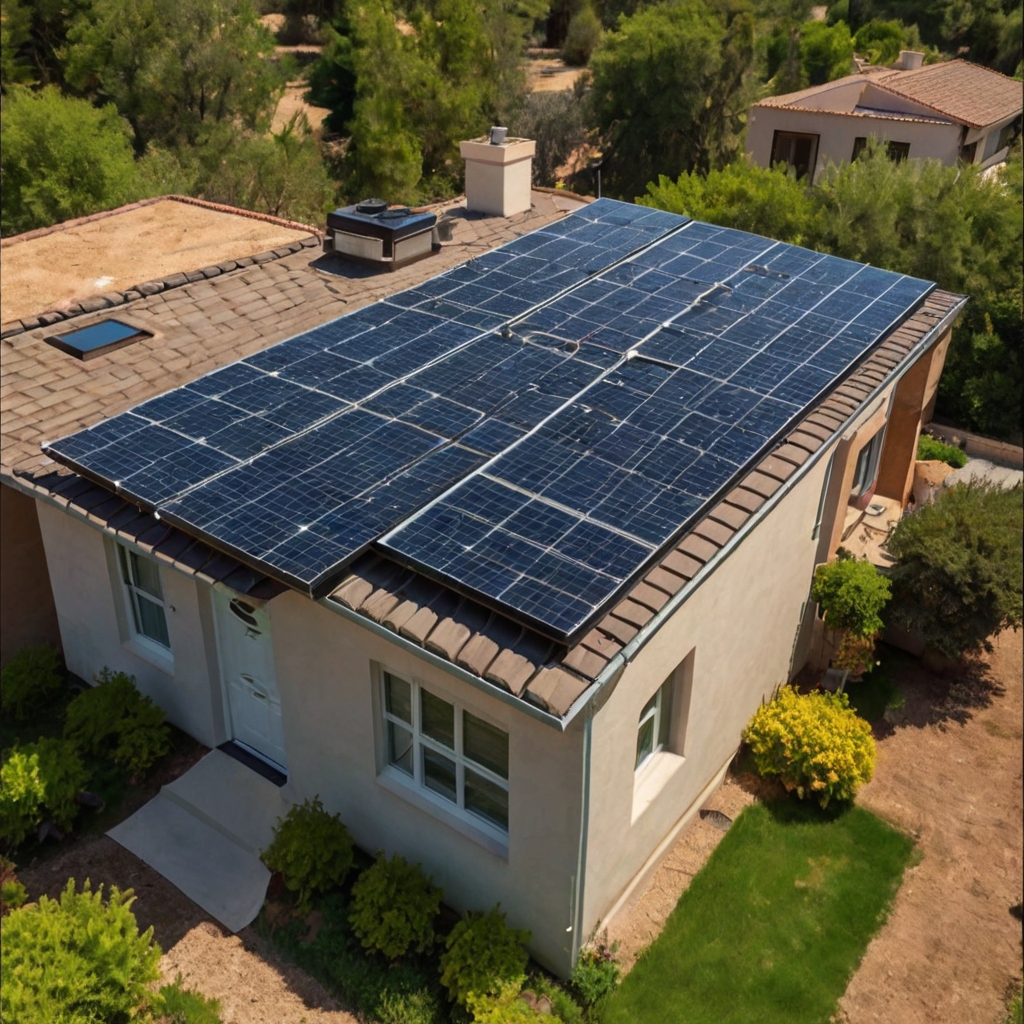The energy landscape is changing — and solar power is leading the charge. As technology advances and costs fall, solar energy is no longer an alternative — it's becoming the default. In the next decade, the rise of future solar technologies is expected to disrupt the traditional utility industry on a scale we haven’t seen since the rise of the
The energy landscape is changing — and solar power is leading the charge. As technology advances and costs fall, solar energy is no longer an alternative — it's becoming the default. In the next decade, the rise of future solar technologies is expected to disrupt the traditional utility industry on a scale we haven’t seen since the rise of the internet.


For decades, the utility industry has operated under a centralized model: big power plants generate electricity and deliver it over long distances to homes and businesses. Consumers pay monthly bills, and power flows in one direction. But that model is being upended. Solar panels on rooftops, community solar farms, and smart batteries are allowing homeowners and businesses to generate their own electricity, store it, and even sell it back to the grid.
Future solar panels are more efficient, flexible, and affordable. Innovations like perovskite solar cells, solar windows, and thin-film solar can be integrated into walls, glass, and even clothing.
With the rise of lithium-ion and solid-state batteries, solar users can store energy for night-time or cloudy days. This reduces dependence on the grid — and cuts into utility company revenues.
AI-driven energy systems can optimize when to store, use, or sell solar energy. Smart grids allow peer-to-peer energy trading, enabling communities to share energy without utilities acting as middlemen.
Small-scale, local power grids powered by solar — called microgrids — are becoming popular in rural and disaster-prone areas. These reduce the need for large central plants and transmission infrastructure.
Some utility companies are trying to:
But make no mistake — the control is shifting. The power (literally) is going back to the people.
Just like mobile phones moved from landlines, energy too is becoming personal and portable. With solar-as-a-service models, even renters or those without rooftops can access clean, affordable power. And with blockchain and IoT, real-time energy buying and selling could soon be as easy as using a UPI app.


The utility industry as we know it won’t disappear overnight, but its dominance is fading. In its place, a decentralized, clean, customer-first energy ecosystem is rising — powered by future solar.